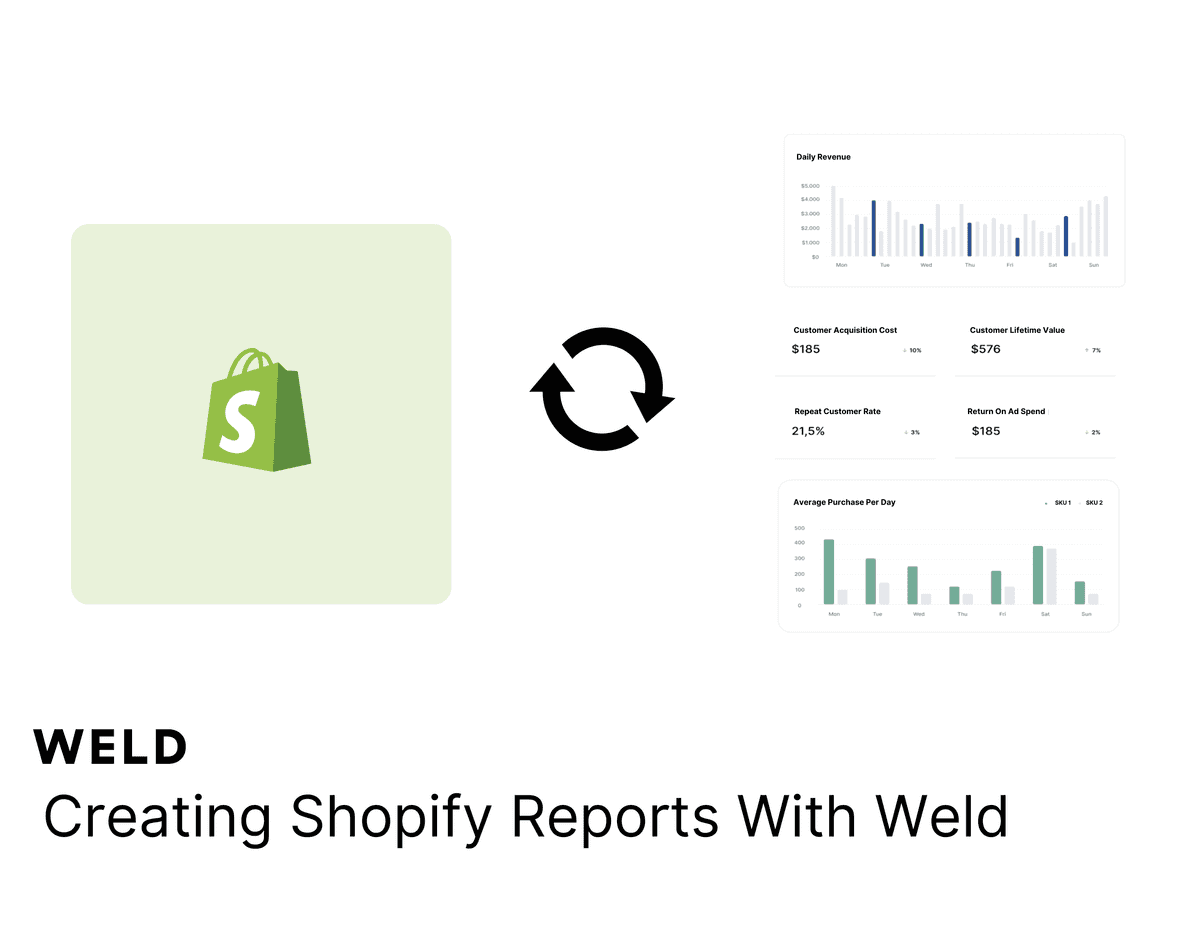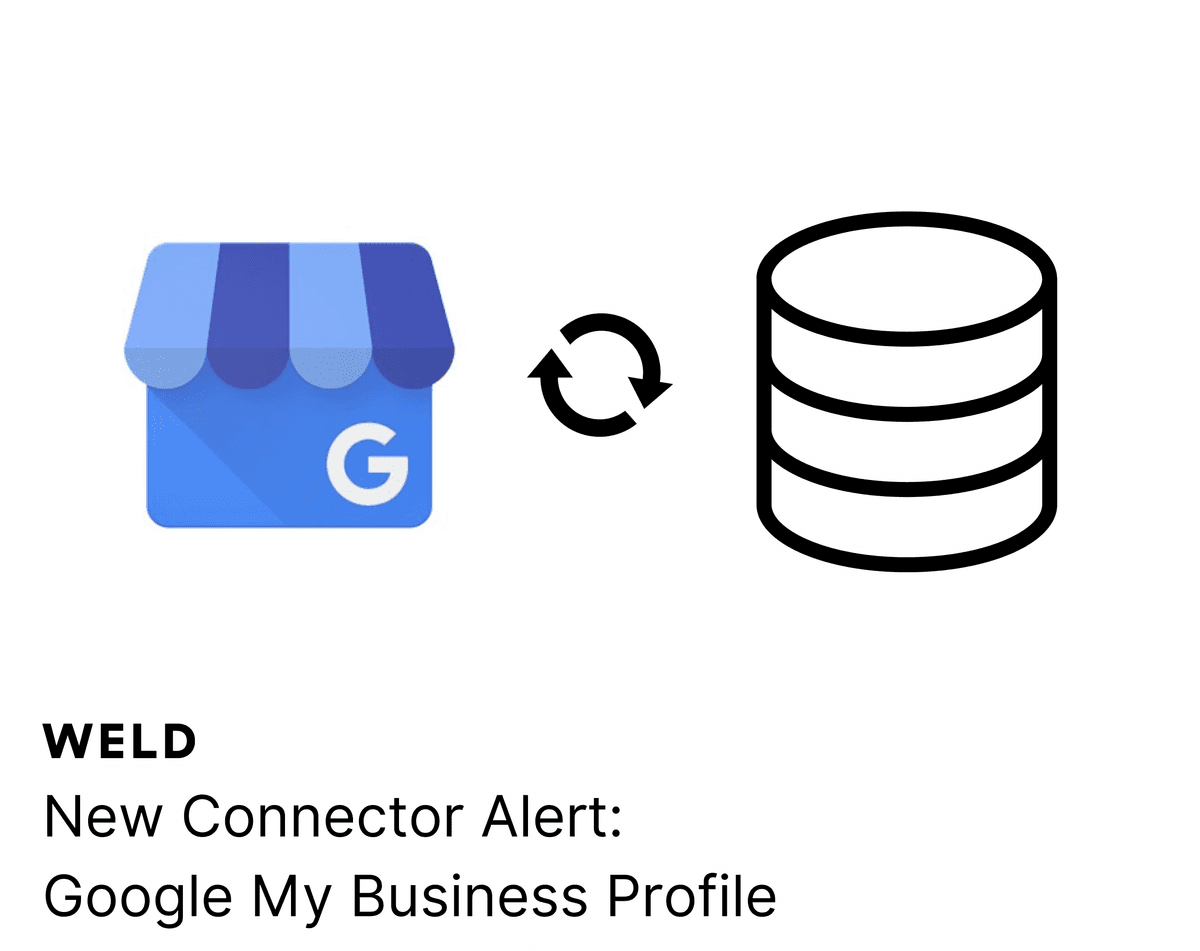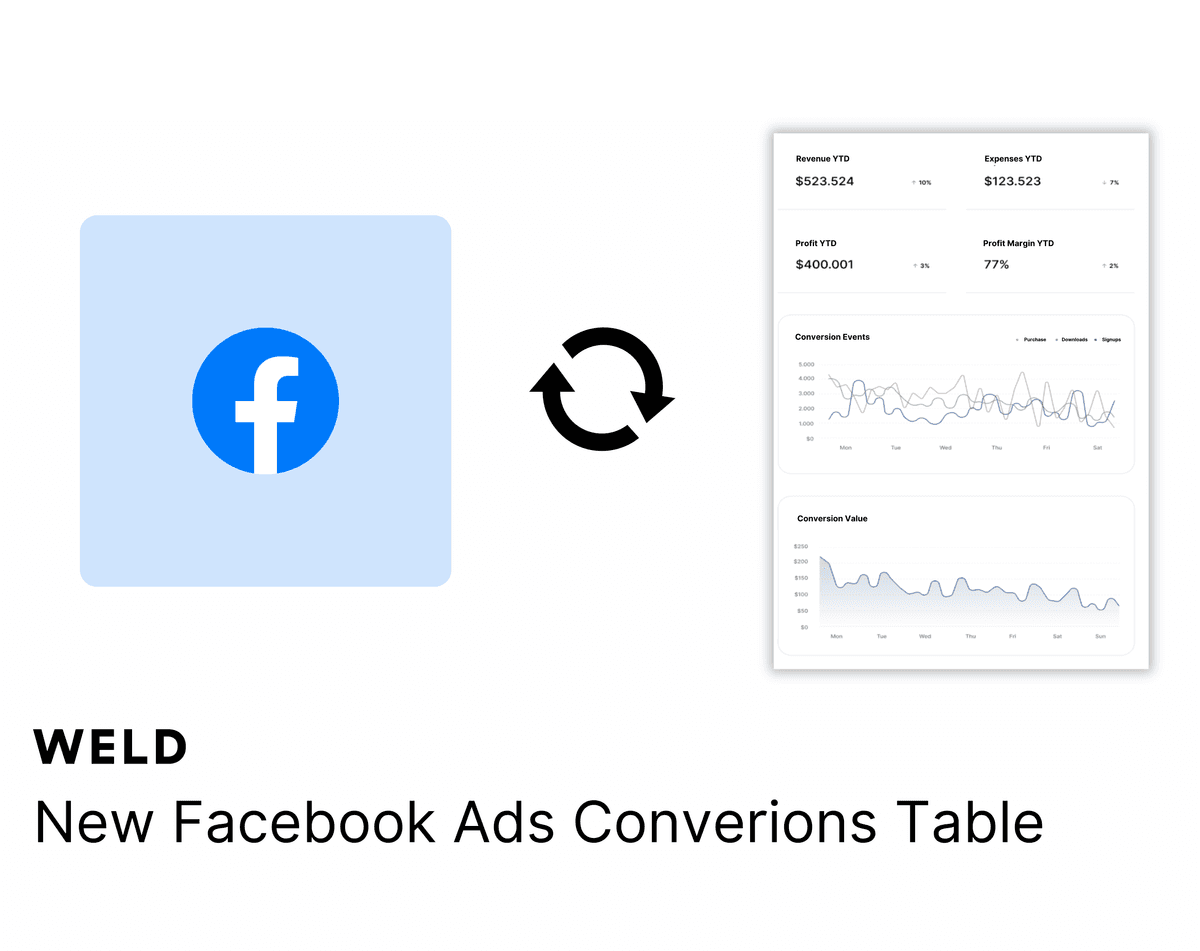
Why Your Data Warehouse Can (and Should) Become Your CDP
In recent years, customer data has become a crucial part of both business and marketing operations. The reason is simple – in order to provide good services and tailor their marketing campaigns to the right audiences, businesses need to understand their customers' minds and needs.
The rise in appetite for customer data comes with the increasing number of SaaS tools today's companies use to power their internal operations – which in turn comes with a desire to structure and centralize all of these various customer touch points and interactions. There's no surprise, then, that a plethora of solutions have come to market to help businesses solve this problem. One of the more popular solutions today is the Customer Data Platform (CDP). In Hubspot's words:
A Customer Data Platform (CDP) is a software that aggregates and organizes customer data across a variety of touch points and is used by other software, systems, and marketing efforts. CDPs collect and structure real-time data into individual, centralized customer profiles.
Interestingly, however, the rise in CDPs also coincides with a rise in affordable, reliable and highly scalable cloud data warehouses such as Google BigQuery and Snowflake. Coupled with the right tools, we believe that cloud data warehouses can perform the same functions as modern CDPs, and even have capabilities that go beyond what these CDPs offer.
In essence, we at Weld believe that your Data Warehouse can (and should) become your Customer Data Platform. In this article, we'll explain what customer data is, what cloud data warehouses are, and how to make your cloud data warehouse the best customer data platform for your company. Let's dive in.

What is Customer Data?
Customer data is the information users leave behind as they browse the Internet and interact with companies both online and offline. This could be through blogs, websites, forms, eBooks, in-store interactions, and so on. The ability for companies to collect and manage this data has become more and more regulated in the last few years with the advent of legislations such as GDPR. Nonetheless, if done right and with consent from the user, companies can still collect much of the customer information that is vital to running and growing their business. Below are the four main kinds of customer data that CDPs most often collect and organize.
1. Identity Data
Identity data refers to the basic information pertaining to a specific person. This is what allows businesses to uniquely identify a person and avoid replications. Some examples of identity data are name, email address, phone number, social media profiles, income, etc.
2. Descriptive Data
This type of data expands on the identity data of a person and gives you a broader picture of your customer. Each type of company, depending on the type of product or service they are selling, will require and collect different types of descriptive data. A software company might want to know salary, career and lifestyle information about their customers, whereas a clothing e-commerce brand might want to collect family and hobby information.
3. Quantitative or Behavioural Data
Companies will also want to collect quantitative or behavioural data. These are data sets comprised of numerical values that give companies a quantitative assessment of their customers. How much have they engaged with us in the past? How many purchases have they made, and what was the total value? What are their email open rates, click-throughs and responses? What about their customer service information? Have they contacted our support agents recently? How many open tickets do they currently have? When was their last support query? And so on. This type of information is highly important, and is a big part of what helps companies optimize their marketing campaigns and feed their lookalike audiences.
4. Qualitative Data
This type of customer data provides additional context to a user's profile – it's what gives a user "personality". Think qualitative opinions, motivations, questions and concerns a user might have given the business over the course of their relationship.
What is a Data Warehouse?
According to Wikipedia, data warehouses are "central repositories of integrated data from one or more disparate sources. They store current and historical data in one single place". In other words, a data warehouse is, in the simplest of forms, a single place to store data from any data collection source a business might have.
As detailed above, the list of customer data that companies can collect and store is long. From identity, to descriptive, quantitative and qualitative data, companies can easily end up collecting and storing multiple hundreds (if not thousands) of data points on every single one of their customers and prospective users. On top of that, the number of SaaS tools that today's companies use to power their operations is increasing year after year. Using a data warehouse to gather and organize this data in one place, to create a single source of truth, is therefore not only practical, but essential.
Besides becoming your company's single source of truth, the data warehouse can provide a ton of value. Coupled with the right tools, it can become the source of data activation. Weld is one of those tools – it lets you connect your data warehouse (whether that's BigQuery, Snowflake or another) to the business tools your team uses every day. This allows you to have the important customer information in the right places – and lets you act proactively and in a timely manner on important customer interactions.
What is a Customer Data Platform?
CDPs, as mentioned above, aggregate and organize customer data across a variety of touch points. There's been a lot of hype around them in the last few years, and the demand has been steadily growing for a number of years. There are a wide range of CDPs in the market today, but most of them share a few common traits. Below are the three main components of modern CDPs:
- Data Ingestion. CDPs are essentially a place to store customer information. Because of this, they need a way to transport that data from the different sources into the CDP itself, for the data to be accessed and analyzed by an organization. Most CDPs achieve this through an API for developers.
- Identity Resolution. The main objective of the CDP is to aggregate all of the customer data into a "single user ID". This is identity resolution – to unify user history across devices and channels into a unique, comprehensive profile for each user. There are many ways that CDPs achieve this, but some CDPs only allow identity resolution to be done probabilistically, which means that it's impossible to achieve without a skilled data science team.
- Audience builder. This is perhaps the most important component of the modern-day CDP for marketing teams. It allows them customer segments (without SQL) and sync them to their marketing tools to create and run targeted campaigns.
Wait... Why Should My Data Warehouse Become My CDP?
At this point, you're probably wondering... CDPs sound great! Why should my data warehouse become my CDP? Are they not complementary? In fact, data warehouses actually have many of the core capabilities that customer data platforms have. And often, they don't come with the downsides that CDPs have:
- Not a single source of truth
- Expensive
- Lack flexibility and customizability
- Only manage customer data
1. CDPs are not the single source of truth
The data warehouse has all of your data. No matter what type of business you are, chances are your customer data is already in your data warehouse (or it should be). Although many CDPs claim to be the "single source of truth", they simply cannot host all of the important customer data your business collects. To illustrate this, take the average BI platform. They don't pull data from CDPs, because these don't have all of the relevant data that BI tools generally need to give a coherent and comprehensive picture of your customers. Instead, BI tools pull data from data warehouses using SQL.
2. CDPs are expensive
CDPs can run a pretty hefty bill. Not only that, but they often times end up locking you up for multi-year deals, making it impossible to switch for a better solution. On the other hand, your company probably already has a data warehouse, meaning that having it become your main CDP won't necessarily cost you more than what you're already paying for it (and if you don't already have a data warehouse, we highly recommend you invest in one).
3. CDPs lack flexibility and customizability
Your data warehouse is a much more flexible and customizable solution as opposed to off-the-shelf CDPs. Take Segment Personas, for instance. They offer only two core objects – users and accounts. On top of that, a user can only belong to a single account. With tools like Weld, you can build a robust CDP in your data warehouse easily, at low cost, by syncing all of your customer data easily, at what ever frequency you want.
4. CDPs only manage customer data
Finally, CDPs only manage customer data. Instead of this, using a data warehouse for all of your data makes it easier to govern and track data across your entire tech stack. It gives your team a much better pulse on your business, and allows you to scale accordingly using a hub-and-spoke data synchronization model as opposed to a point-to-point one.
So here it is! We strongly believe that the modern Customer Data Platform already sits in your data warehouse. Making your data warehouse your company's CDP is more affordable, more flexible, more comprehensive and is the best way to ensure a single source of truth for your customer data.
If you have any data-related questions, or would like to book a free call with one of our data experts to take your data operations to the next level, feel free to schedule a meeting here.
Continue reading

How to set up your Shopify metrics in Weld
Learn how to set up your Shopify metrics in Weld and get actionable insights from your data.

New Connector Alert - Google My Business Profile
Looking to optimize your Google My Business Profile reporting? With our new ETL connector, you can effortlessly integrate your Google My Business Profile data with all your other data sources. Create a comprehensive view of your business metrics, enhance your analytics, and make more informed decisions with ease!

New Facebook Ads Conversion Table
Analysing your Facebook Ads conversion data has now got easier with our new conversion insights table.





